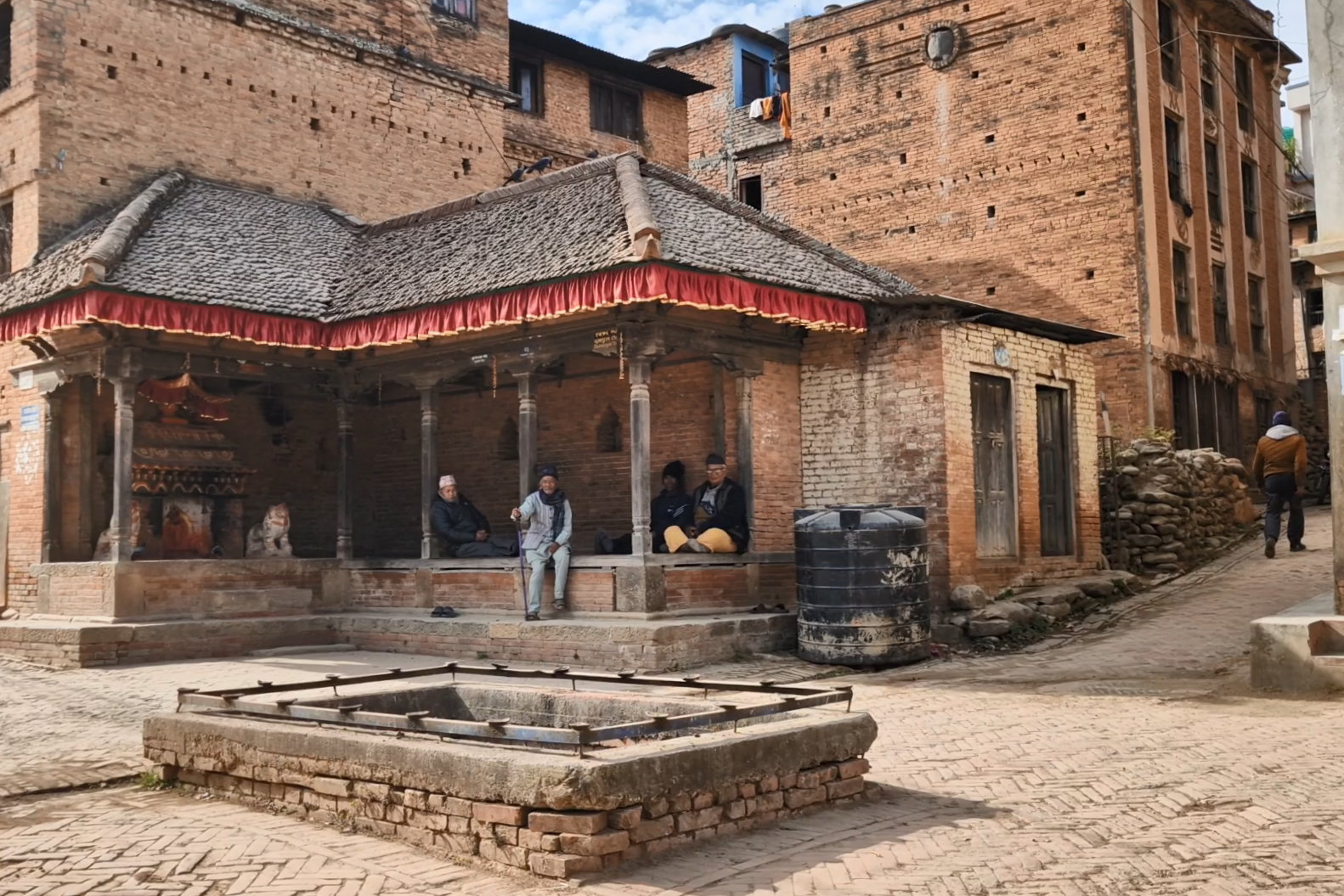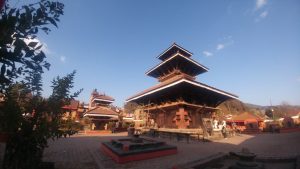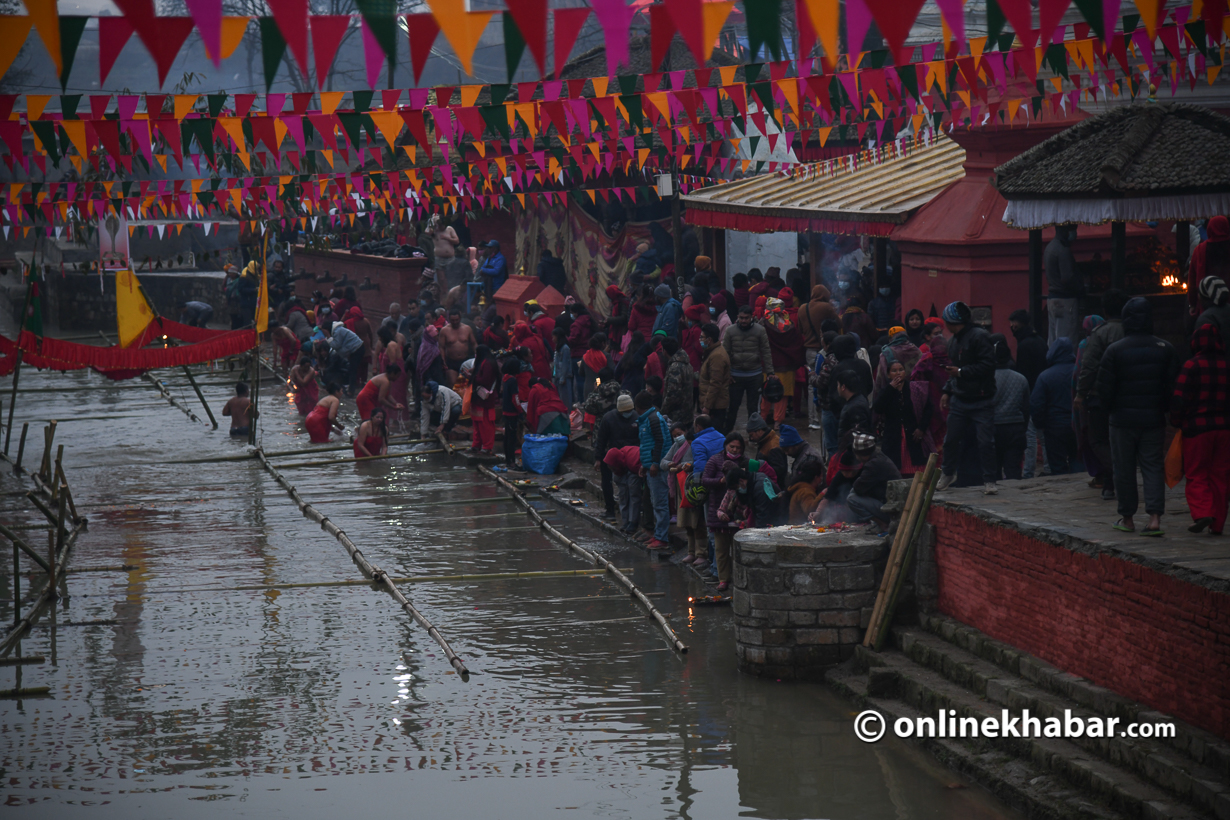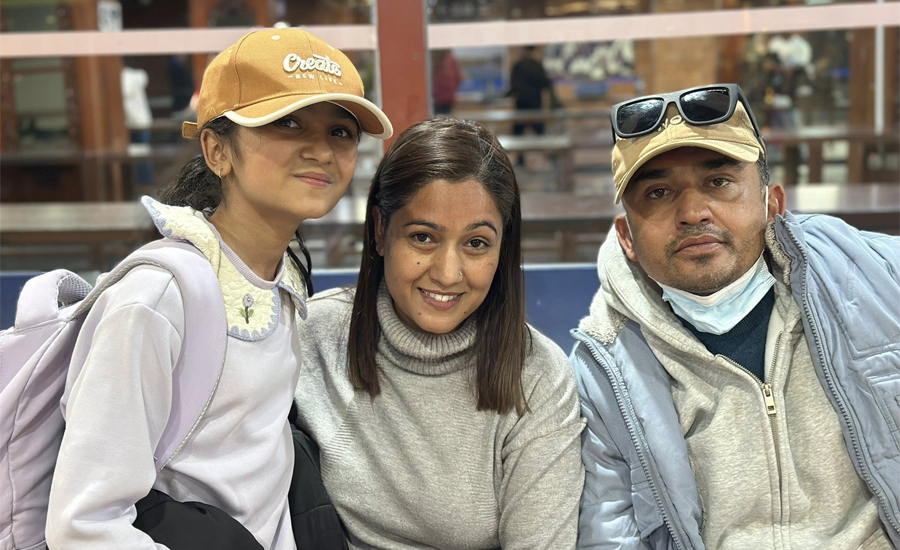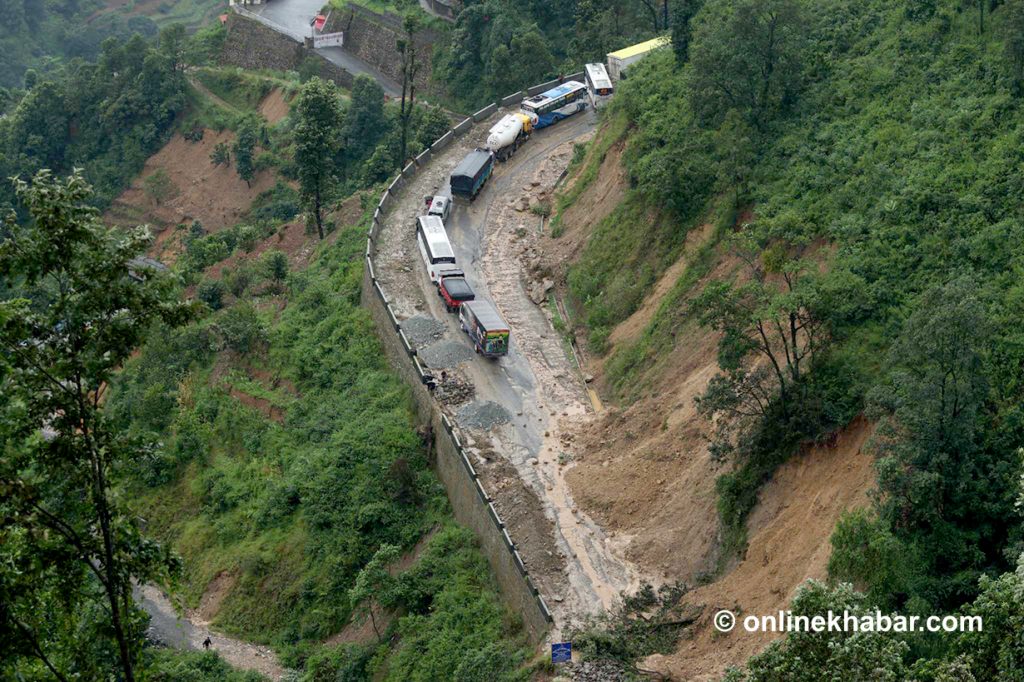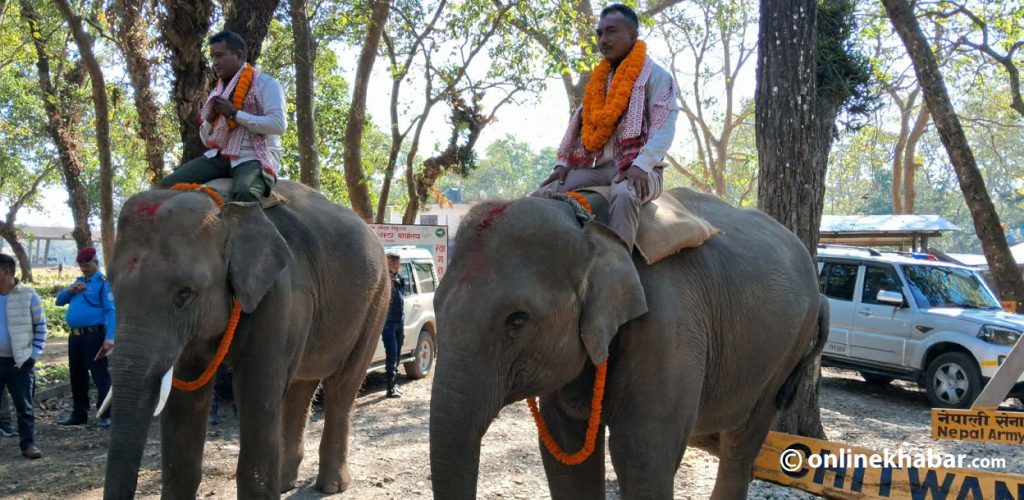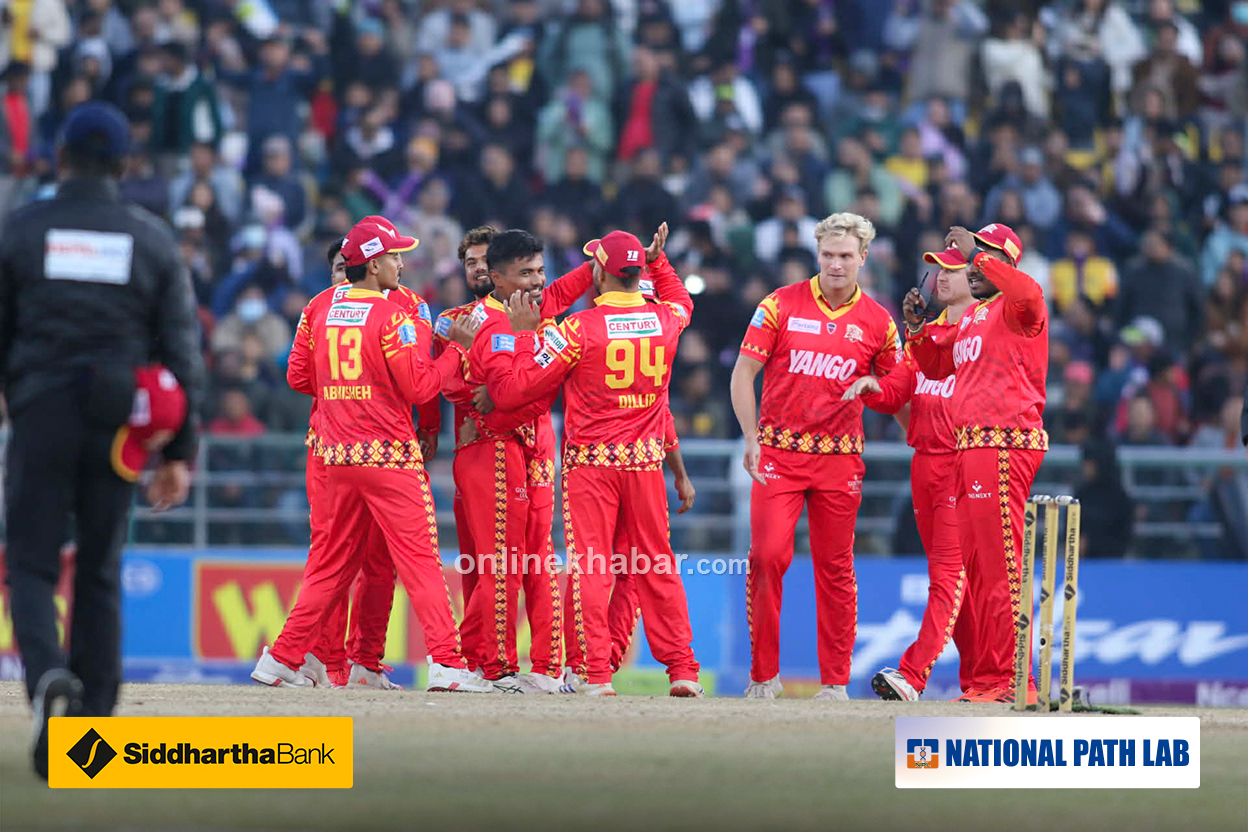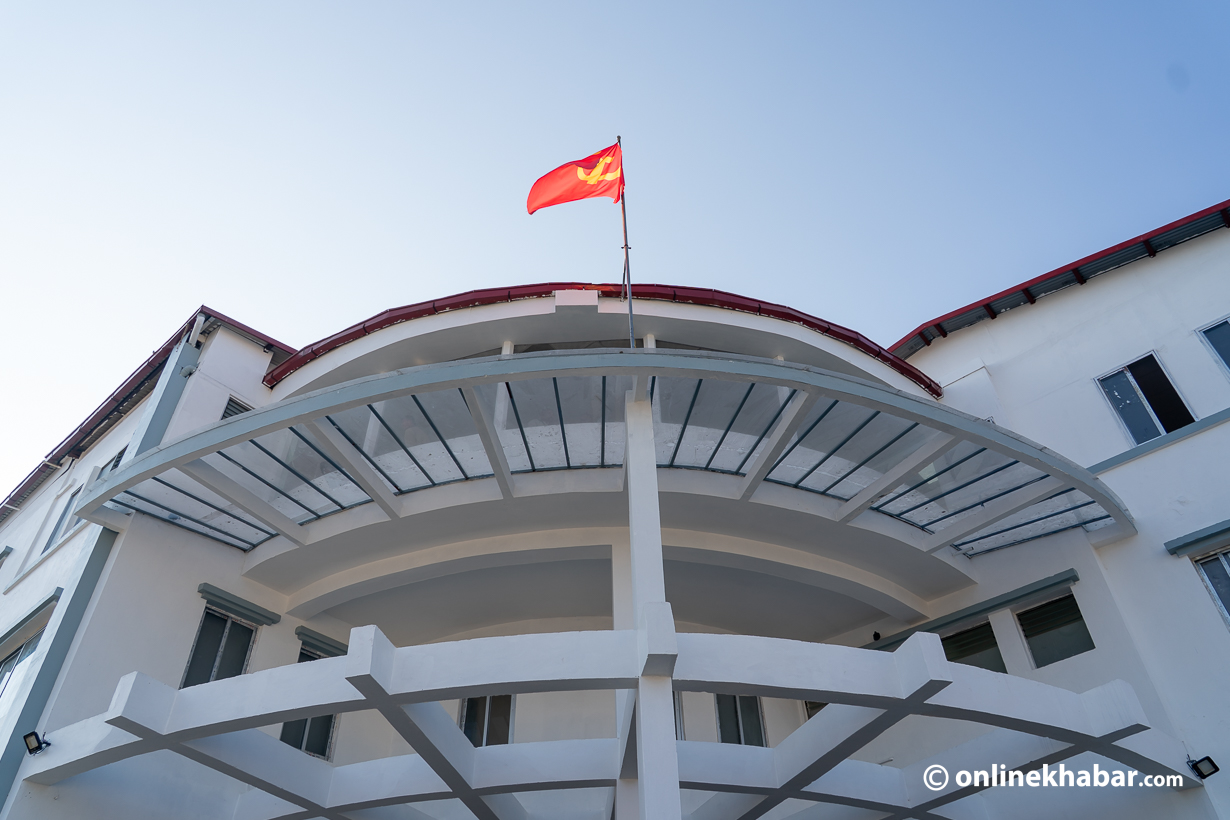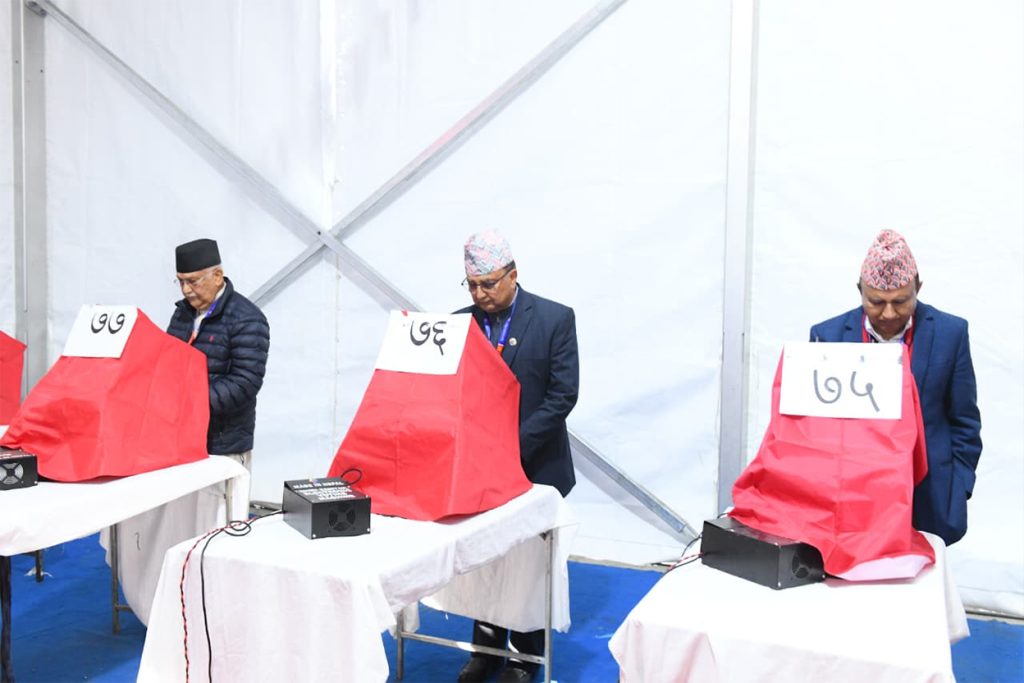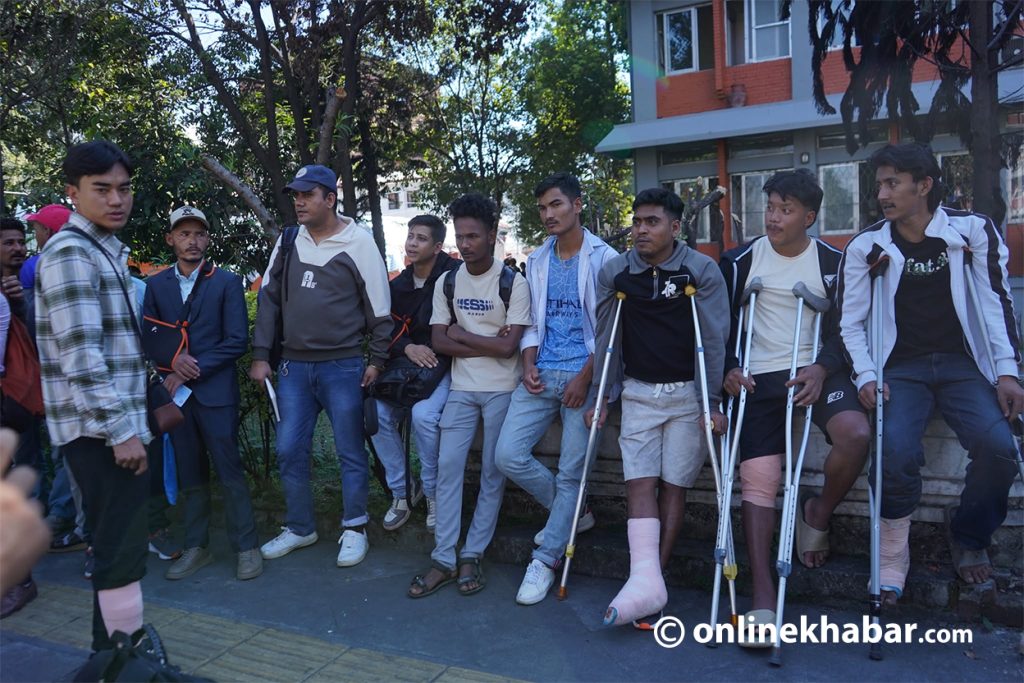Photos are a great way to reminisce about the past. They are a good reminder of how much things have changed and in what aspects. They bring the old memories back and enable you to travel to the past in a blink of an eye. But, for that to happen in the future, you have to capture the moments now. And in the context of Nepal, there are only a few people who have achieved the feat as technology developed late in Nepal.
Toni Hagen is a popular figure in that aspect, but not long after him, Gérard Toffin from France also travelled to Nepal and captured some glimpses of then Nepal. Now 50 years later, Toffin with the help of another photographer based in Panauti in Kavre, Prasant Shrestha, has presented Nepal with a collection of photos of Panauti, an ancient and culturally important town in central Nepal, that gives a glimpse of what Panauti was and how it has changed. As their partnership has resulted in the revival of lost traditions in the town, both photographers hope the recently-launched photobook–Panauti: Past-Present [1976-2020]– will be an asset to Nepal and Nepali people who aspire to learn more about the historical and socio-political changes that have affected its development over the years.
Why Panauti?
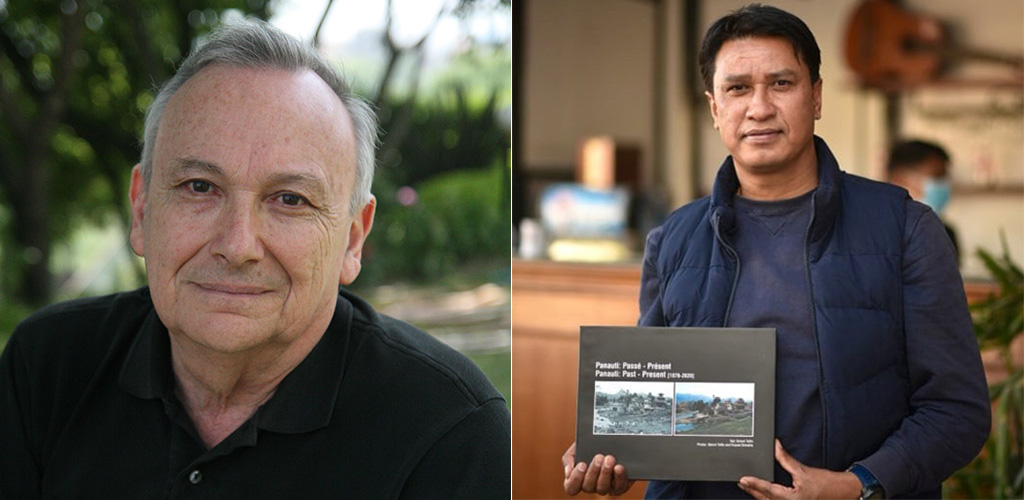
While Toni Hagen travelled all over Nepal, he did not set foot in Panauti. “It was because he was following the silk trade route to Tibet and travelled via Banepa to Solukhumbhu via Melamchi. In the process, he did not reach Panauti”, shares Shrestha, who got a chance to talk to Hagen in one of his exhibitions.
But, the gap was minimised by Toffin who first arrived in Nepal in the 1970s as a diplomat assisting the first French ambassador to Nepal. “With the embassy’s interest to restore Panauti and my interest in culture and anthropology, I travelled to Panauti. And, as I had a camera, I went around Panauti and captured the rich cultural and natural heritage of the town. Following this, I also published my dissertation and multiple research papers.”
In a different decade, Shrestha got inspired by Toffin’s work and contribution to Panauti. “As an amateur photographer, I went around taking photos. But, I felt that just taking photos is not enough. I wanted to make a difference and capture Panauti’s essence as well as promote and preserve the rich Newa culture there.”
“Panauti is a multi-caste and multi-ethnic culmination of people. They were very friendly and were in need of a preservation project. With the embassy’s involvement, many of the temples that were in a dire state were restored and preserved,” shares Toffin, who would spend months at a time with the locals to observe them closely.
In 2010, Toffin met Shrestha during the Makar Mela that would be held there every 12 years. With similar interest, the duo started working together and went around. In the next decade, the duo have collaborated on many projects, including the recent photobook, research papers and photo exhibitions, with Shrestha being a local resource person and assistant to Toffin.
Deep observations
Toffin has observed Panauti has definitely changed its face since the 1970s as other places of the country.

Toffin shares the first changes were noticeable in the early 2000s. “The first changes would be the change in settlement areas as more houses and small factories were set up. As many as 97 per cent of the native settlers there were Newa communities, but the population is mixed today. With more people coming in, the market expanded too. Road expansion was also evident as the years went by.”
In contrast to the observed modernisation though, Toffin observes that the people are still the same within the walls of their houses.
To support his observations, Shrestha has helped him capture photos of the present from the same spot, making the difference more visible.
Toffin’s travel was not limited to Panauti though. He has clicked many photos of Kathmandu and Dhading too, capturing the original settlement in the areas. “Kathmandu was full of rice paddy fields and was very similar to Panauti. There was no traffic and the rivers were much cleaner. The ‘modern’ architecture has further weakened the rich culture and traditions of the city,”
“Dhading also shared architectural and cultural similarities to Kathmandu as there were a few Newa communities that had settled there. Dhading also offered a great scenery of the Himalayas,” he adds.
Historically, Toffin was here at the time when the country was witnessing major political changes too. “Attempts to overthrow the monarchy, restoration of constitutional monarchy in the early years and later other protests that changed the course of Nepal’s history: I witnessed it all.”
But, what changed Nepal the most, he says, is the 2015 earthquake. “The post-earthquake reconstruction transformed the traditional houses to concrete houses. It damaged the cultural properties too even though it was possible to take the culture and modernisation together. Rabindra Puri, with his contributions, has proven this was very possible to achieve.”
Reviving culture

Toffin not only captured the history but became a resourceful person to present Panauti too. Shrestha says, “With Toffin’s photos as a reference, Panauti has been able to revive many significant cultures and traditions, unique to settlements here.”
“One of the key revivals was of Devi Pyakhan, an ancient folk dance. Taking his photos as a reference of the old dance and traditions, the locals have recreated and revived the dance successful,” Shrestha share, “Another key revival was the re-establishment of the Kumari tradition. Toffin did not even realise that his camera had captured such a tradition yet when the locals came across it, they were inspired to revive the culture.”
Meanwhile, Shrestha says that Toffin’s photos have been crucial to restoring the temples too. “After Kathmandu valley, Panauti is probably the town with the highest number of temples, so the revival was very important for us. But, there was no scientific or concrete documentation from our side, so his photos were very resourceful in the process.”
Inspired by Toffin, Shrestha also aspires to contribute to Panauti and future generations. Though professionally a physiotherapist, his hobby to photograph the landscape turned into the passion to capture stories, and he has Toffin to thank, shares Shrestha.









